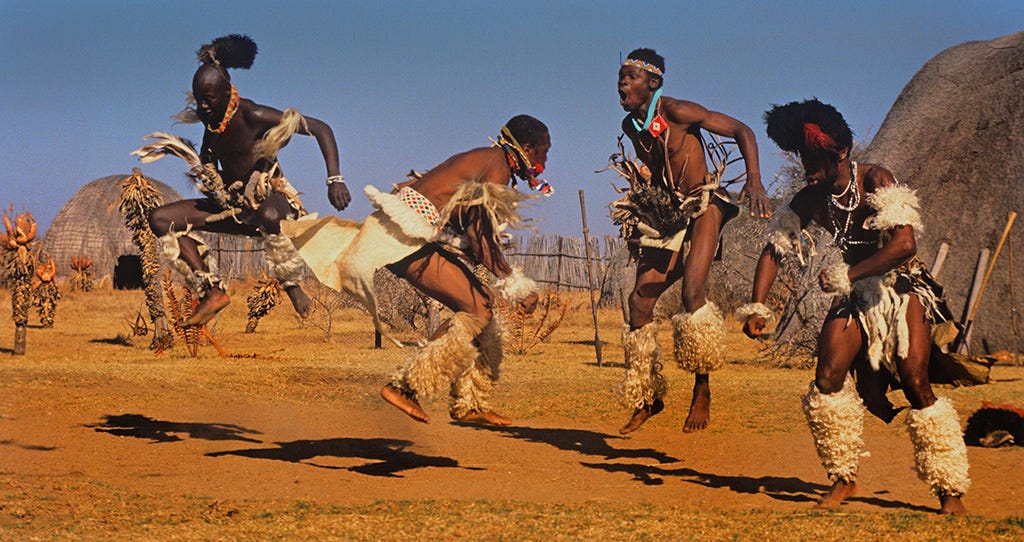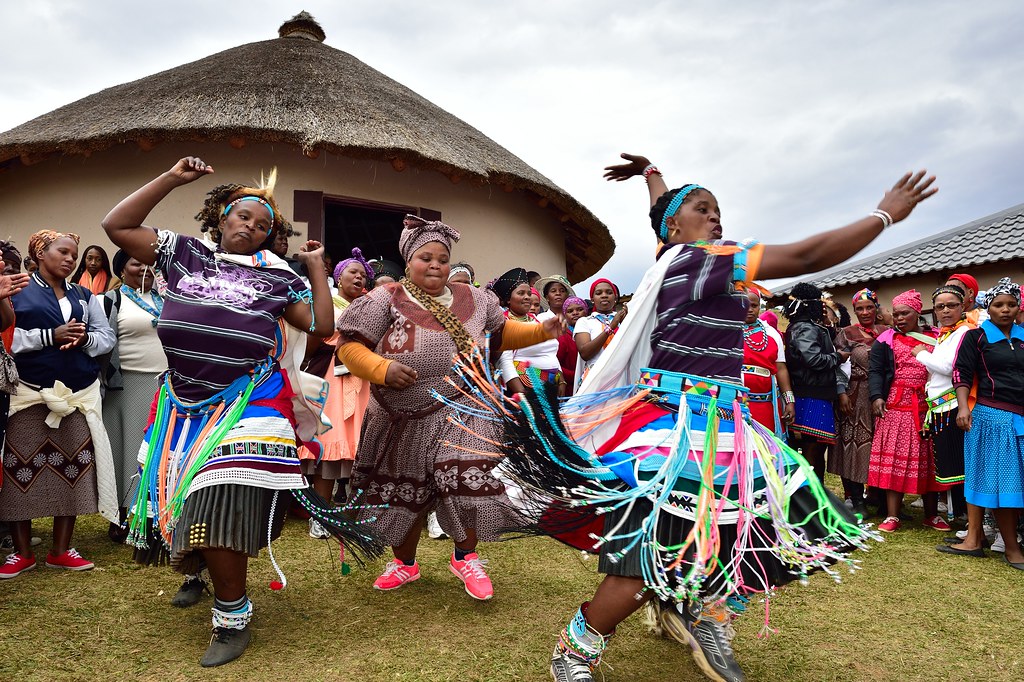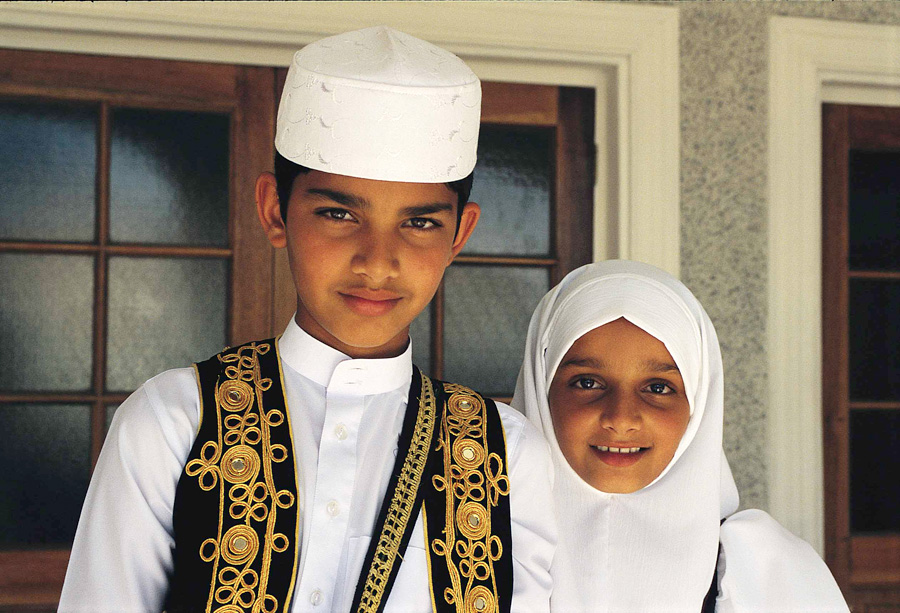The South African Culture Today PDFs
The South African Culture Today PDFs
Blog Article
South African Culture Today Fundamentals Explained
Table of ContentsGetting The South African Culture Today To WorkThe Main Principles Of South African Culture Today Excitement About South African Culture TodayThe 4-Minute Rule for South African Culture TodayThe Main Principles Of South African Culture Today The 6-Minute Rule for South African Culture Today
This adheres to with singing and drum whipping. The groom and bride then meet the senior citizens and chat about the significance of their union. A matter of significance in Zambian towns is the diing of enjoyed ones. All participants of the town put money, time and initiative together for the interment of the deceased.Songs and dance is an extremely important element of the Zambian culture. The different tribal units have their very own dancing forms; nonetheless, makishi is usual amongst all people.
South African Culture Today - The Facts
When it comes to songs, drums are utilized the most, with a selection of drumming events. In Zambia, bulk of the people are Christian; Protestant and Roman Catholic. There are small groups of Muslims and Hindus, with the rest adhering to neighborhood indigenous tribal ideas.

South African heritage and society is greatly varied, and consists of various teams of individuals that each have their very own traditions and beliefs. Having such a diversity of individuals and cultures is what makes South Africa so one-of-a-kind. In the true feeling of the expression, we are a rainbow nation.
Making it the 7th on the listing of countries with the most Portuguese people in it outside of Portugal. Portuguese is not only a society, yet it is likewise a language and a citizenship. Portuguese people originate from the nation of Portugal in Europe, however, due to Portugal (like many various other countries in Europe) exploring the globe and overcoming other nations throughout the 15th 20th centuries, South Africa has what we call Portuguese South African's living in it.
The Main Principles Of South African Culture Today
Amongst the prominent features of the topography is a plateau that covers virtually 2 thirds of the facility of the nation. The plateau complicated rises toward the southeast, where it climaxes in the Drakensberg range, component of an escarpment that divides the plateau from the seaside locations. The Drakensburg includes Champagne Castle, the highest optimal in the nation.
The region north of the Witwatersrand, called the bushveld, slopes downward from eastern to west toward the Limpopo River, which forms the worldwide border. The western section of the plateau, the middleveld, additionally comes down in the direction of the west and differs in elevation in between the highveld and bushveld. In between the Drakensburg and the eastern and southern coast, the land descends to the sea.
Nearer the coastline there is a low-lying plain called the eastern lowveld. Southwest of the plateau the nation ends up being considerably a lot more arid, giving way to the hostile desert of the Great Karroo, bordered on the east by the lower, better sprinkled plateau of the Little Karroo. Dividing the dry southerly inside from the sandy coastal of the southern shore and West Cape is another variety, official statement the Langeberg.
Our South African Culture Today Ideas
The country's racially, ethnically, and politically divided history has actually produced nationwide and subnational symbols that still operate as symbols of the country, and others icons that are approved only by certain groups. The monoliths to white settler conquest and political supremacy, such as the Afrikaner Voortrekker ("leader") Monolith in Pretoria and the Rhodes Monolith recognizing the British colonial empire home builder and Cape head of state Cecil Rhodes, remain sectarian icons.
The very first modern occupants were the San ("bushman") hunter-gatherers and the Khoi ("Hottentot") peoples, that rounded up livestock (South African culture today). The San might have existed for hundreds of years and left proof of their existence in countless ancient cavern paintings ("rock art"). Bantu-speaking clans that were the ancestors of the Nguni (today's amaZulu, amaXhosa, amaSwazi, and vaTsonga individuals) and Tswana-Sotho language teams (today's Batswana and Southern and Northern Basotho) migrated down from eastern Africa as very early as the fifteenth century

The 2 former republics of the Orange Free State and Transvaal (South African Republic) were established by Afrikaner settlers that defeated and dispossessed the Basotho and Batswana. Lesotho would have been forcibly incorporated right into the Orange Free State without the extension of British security in 1869. The supreme marriage of the country arised from the South African War (18991902) between the British and the 2 Afrikaner republics, which reduced the nation to ruin at the start of the twentieth century.
Afrikaners historically considered themselves the just real South Africans and, while giving complete citizenship to all residents of European descent, rejected that standing to people of color up until the democratic change of 1994. British South Africans preserve a feeling of cultural and social connection to Great Britain without deteriorating their identification as South Africans.
South African Culture Today Fundamentals Explained
The diversity and fragmentation within ethnic groups and the equilibrium of stress in between those teams during the twentieth century avoided interethnic civil dispute. While intergroup tensions over resources, entitlements, and political dominance remain, those conflicts are as most likely to match Zulu versus Zulu as Zulu against Xhosa or African against Afrikaner.
From colonial India, British merchants and administrators brought the rounded steel decorative roofs and slender lace job columns that still represent the outdoor patios of cottages in the areas and cities throughout the country. Homes of worship contribute a crucial architectural aspect also in the tiniest towns. Along with the soaring steeples and timeless stonework wikipedia reference of Afrikaans Dutch Reformed churches, Anglican churches, synagogues, mosques, and Hindu temples supply range to the spiritual architectural scene.

Butchering and the developing of conventional grain beer are vital in securing the involvement and a good reputation of the ancestors who are considered the guardians of good luck, prosperity, and wellness. Indian areas preserve their indigenous cooking traditions and use them on Islamic and Hindu ritual and ceremonial events. Afrikaners and Coloured people gather at weekend breaks and special home events at multifamily barbeques called braais, where area bonds are enhanced.
Since this was the key financial enterprise of both black Africans and white colonists, dispute in between those teams centered on the property of grazing land and livestock. In 1867, the biggest diamond down payments worldwide were uncovered at Kimberley in the west central area. The wealth from those areas assisted finance the exploitation of the greatest gold coral reef worldwide, which was uncovered on the Witwatersrand in 1886.
Facts About South African Culture Today Revealed
This led to misconceptions and calculated misstatement in the negotiations of white settlers and government authorities with African principals during the early american period (South African culture today). In the facility of African reserves, some aspects of public and mainly "tribal trust fund" land period were preserved, and also in white backwoods, types of communal period were still exercised in areas with African communities
After the autonomous makeover of 1994, programs for land restitution, redistribution, and reform were instituted, but progression has actually been slow-moving. The white minority still controls eighty percent of the land. Following farming land invasions in Zimbabwe, the Division of Land Affairs has vowed to speed land redistribution.
Report this page